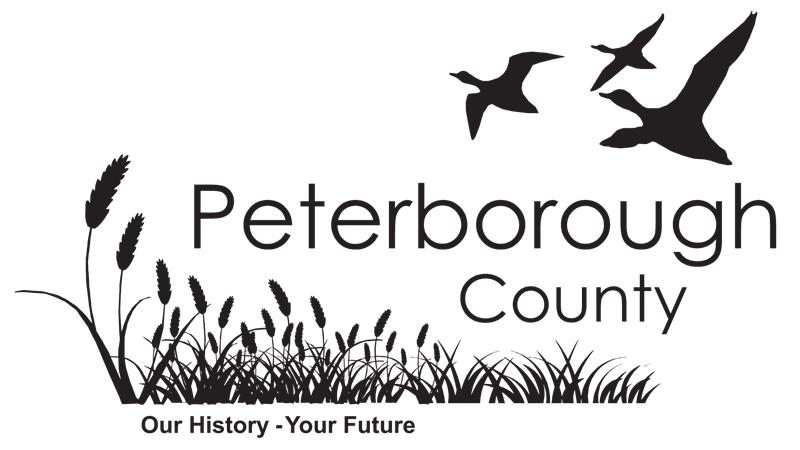Road lines are typically repainted approximately two weeks after construction, once any excess material has been cleared from the road by normal traffic.
Micro-Surfacing
Micro-surfacing is a specialized treatment that combines asphalt emulsion, aggregate, and water to extend the lifespan of existing roadways. This process helps protect the road structure from moisture infiltration and oxidation. Typically applied in two layers—a base layer followed by a topcoat—micro-surfacing enhances the durability and performance of the road surface.
How will micro-surfacing improve the road?
- Improves Traction: Enhances road grip, providing safer driving conditions.
- Restores Surface Characteristics: Revitalizes the road surface, improving ride quality and appearance.
- Maintains Drainage Patterns: Helps preserve proper drainage, reducing the risk of water damage.
- Restores Road Profile (within limitations): Reshapes the road to restore its original profile, within the capabilities of the process.
- Corrects Ruts: Corrects and smooths out ruts caused by traffic and weather.
What are the benefits of micro-surfacing?
- Cost-Effective: Reduces life cycle costs by 25-45% compared to traditional resurfacing methods.
- Extended Lifespan: It can add 7 to 10 years (or more) to the road's lifespan.
- Quick Traffic Resumption: Traffic can return to the road within one hour of application.
- Resource Efficiency: Decreases raw material usage by 35% or more compared to conventional resurfacing methods.
- Environmental Impact: Lowers greenhouse gas emissions by over 44% and reduces energy consumption by more than 54% compared to traditional resurfacing methods.
What can you expect during construction?
- Traffic Delays: Temporary slowdowns as work progresses.
- Lane Closures: Portions of the road may be closed off to accommodate the work.
- Large Equipment: Expect to see large machinery used for the application of micro-surfacing.
- Minor Dust: Small amounts of dust may be generated during the process.
- Odor: A mild odor may be present due to the materials used in the micro-surfacing treatment.
Frequently Asked Questions:
How long after construction are road lines repainted?
How soon after micro-surfacing is applied can vehicles drive on the road surface?
Vehicles can safely return to the road surface within one hour of the micro-surfacing application.
Will residents be notified by Peterborough County if construction is going to take place?
Peterborough County posts notices of construction on Municipal 511. Additionally, construction updates are posted on Peterborough County’s social media platforms.
A resident turned out of their driveway, and it left a mark, will the mark last?
When micro-surfacing is first laid the surface is tender and can easily be marked by sudden turning movements. These imperfections are temporary and will naturally smooth out over time with seasonal weather and regular traffic.
Will there be any loose aggregate on the road after construction?
A small amount of loose aggregate may remain on the road after the micro-surface has dried. However, normal traffic will gradually remove this from the roadway.
No, micro-surfacing is not hot. It uses polymer-modified binders that do not require heat during the mixing process. This method reduces carbon emissions and lowers energy consumption, as it eliminates the need for heat to create the product.
Why use micro-surfacing instead of asphalt?
Micro-surfacing is a pavement preservation technique applied to surfaces nearing the end of their life cycle, helping to extend their lifespan with proper maintenance. In contrast, asphalt is typically used to rebuild failing roadways or repair small, damaged sections of a road.
Contact Us
Contact Peterborough County
470 Water Street
Peterborough, Ontario, K9H 3M3
Monday – Friday
8:30am – 4:30pm
Phone: 705-743-0380/1-800-710-9586
Fax: 705-876-1730
info@ptbocounty.ca



